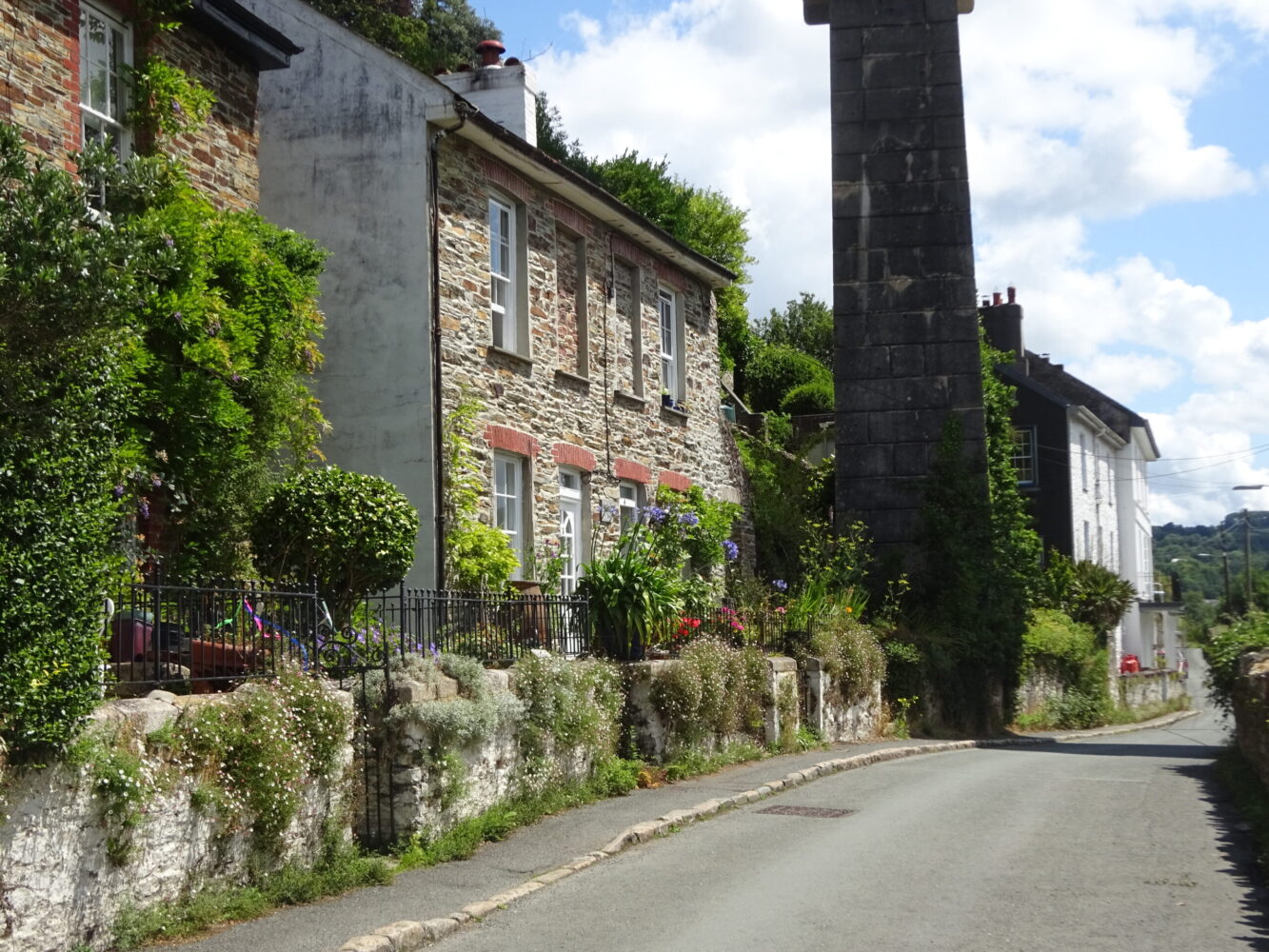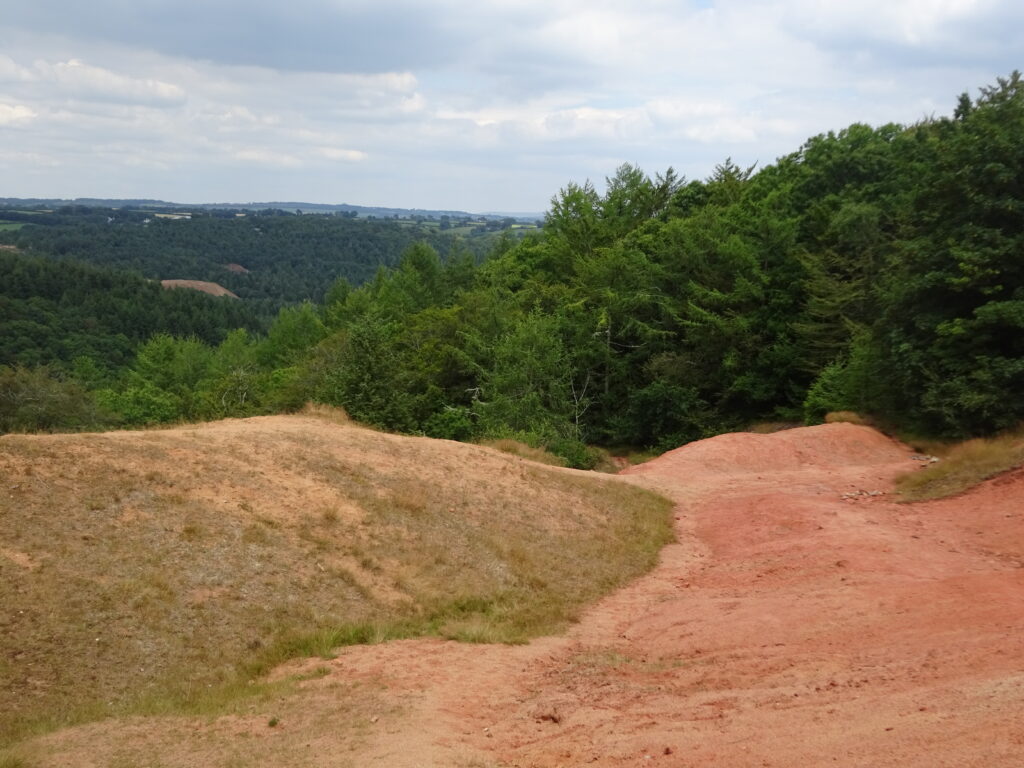Dive into the fascinating industrial history of the Tamar Valley on this lovely circular route. Explore several old mining sites on the steep wooded slopes around Gunnislake as you go.


The creation of this walking route has been led by the Tamara Landscape Partnership Scheme, a project run by the Tamar Valley National Landscape and funded by the National Lottery Heritage Fund.







Whether you’re an avid hiker eager for a week-long adventure tracing the Tamar River from sea to source or just looking for a short stroll to a cosy pub, there’s something for everyone.
Find out more about our marvellous landscape by visiting the Tamar Valley National Landscape’s website.



© Vist Tamar Valley 2024 | All Rights Reserved
